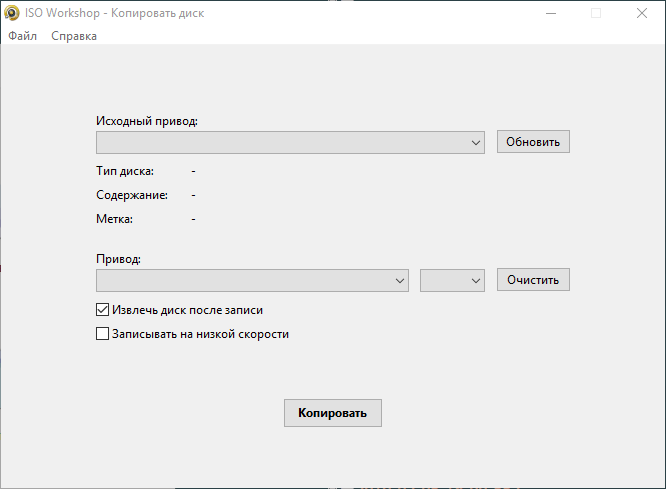
To ensure that everything goes smoothly, we'll take the extra step of deleting your existing partition before installing macOS.Free Download ISO Workshop 12.1+ Portable Free Download | 12.6/10.7 Mb Once your installation files have been copied, it's time to install macOS from scratch. Once you hit Enter, you'll need to enter your admin password to approve the command, and then hit "Y" on your keyboard to confirm that you're OK with the contents of the USB drive being overwritten. Here's another example that creates a macOS High Sierra install USB on a drive named "MacOS Installer": sudo /Applications/ Install\ macOS\ High\ Sierra.app/ Contents/Resources/createinstallmedia -volume /Volumes/MacOS\ InstallerĬommand to list all connected volumes, which will include your USB installation medium in case you need to check the label. For example, "Install macOS High Sierra.app" would become Install\ macOS\ High\ Sierra.app Be aware that any spaces will need to be preceded by a backslash. You can change various parts of this command to suit your own circumstances, with the main one being the name of the installer.

Sudo /Applications/ Install\ macOS\ Big\ Sur.app/ Contents/Resources/createinstallmedia -volume /Volumes/macos_installer You can find out which Mac you have by clicking on the Apple logo in the top-left corner and selecting "About This Mac" to see the name and year of release.

If you're not sure what your Mac came with, head to Apple Support and search for your exact model. Your Mac's "earliest" supported version of macOS is the one that it came with. Older versions were written for Intel chips, which use the x86_64 instruction set, while the newer Apple Silicon chips use the ARM instruction set.

It's common knowledge that new macOS releases often drop support for older hardware, but the same is true for newer Mac models and older software, too.įor example, you cannot install any version of macOS prior to Big Sur (released in 2020) on a Mac with an Apple Silicon chip, including the M1. It's important to understand that not all versions of macOS (or Mac OS X) work with all hardware configurations. While the process is pretty straightforward, getting your hands on older releases of macOS isn't so easy.


 0 kommentar(er)
0 kommentar(er)
